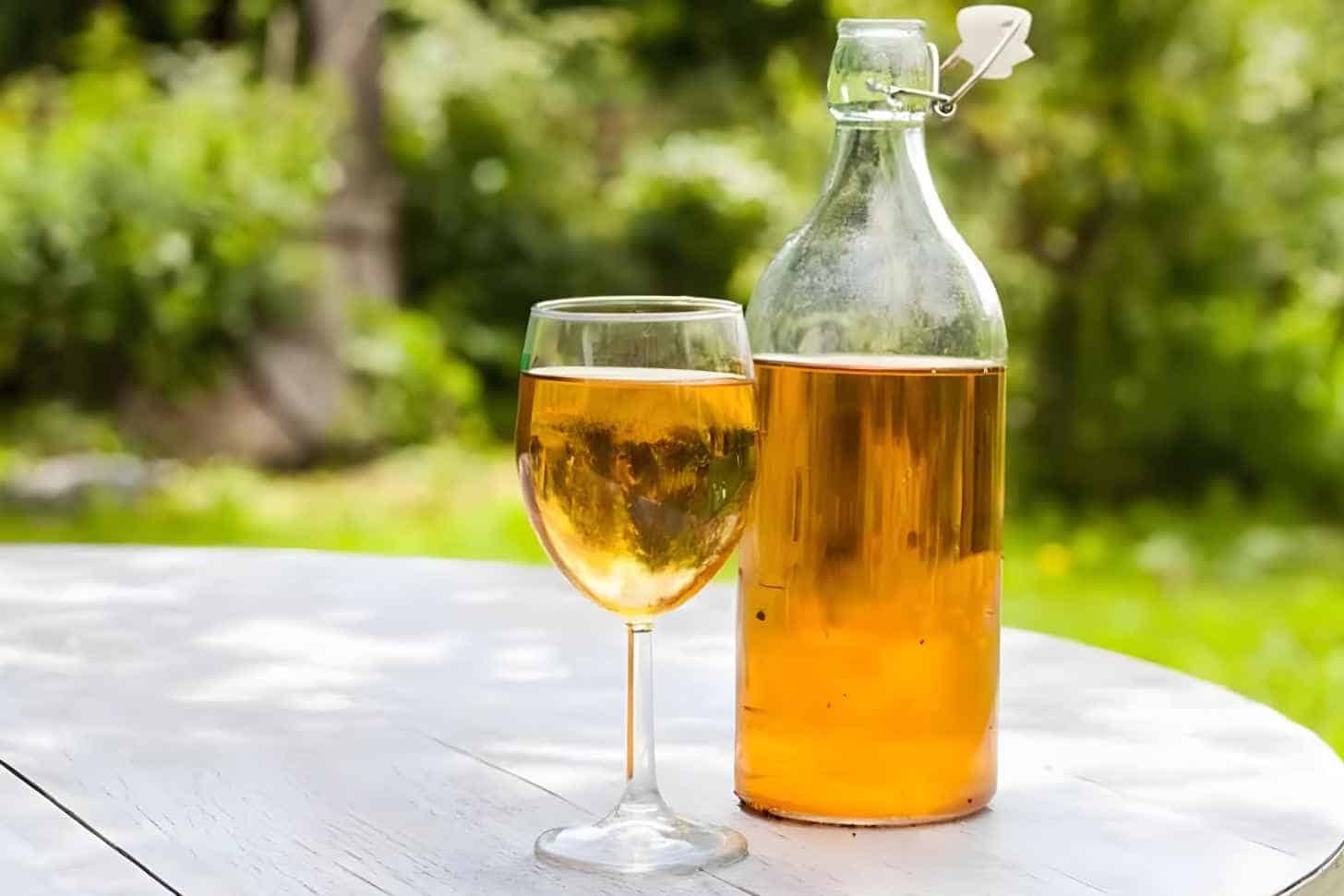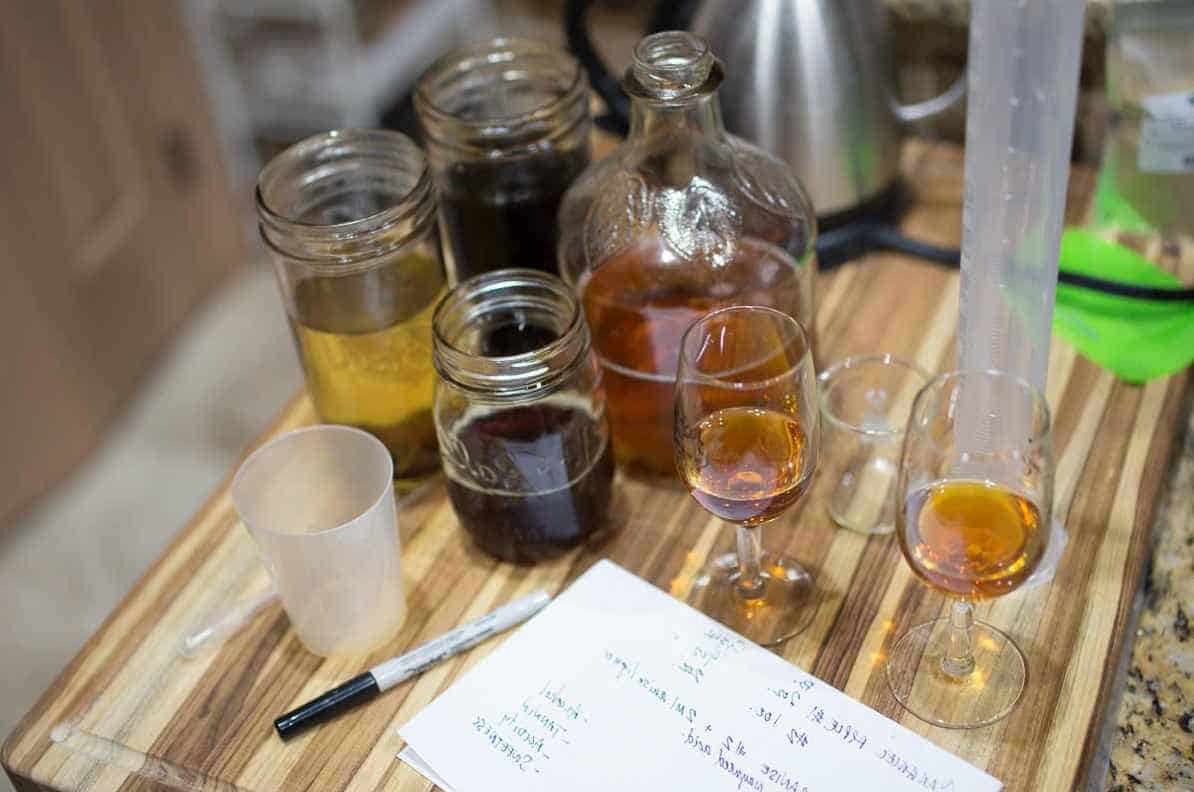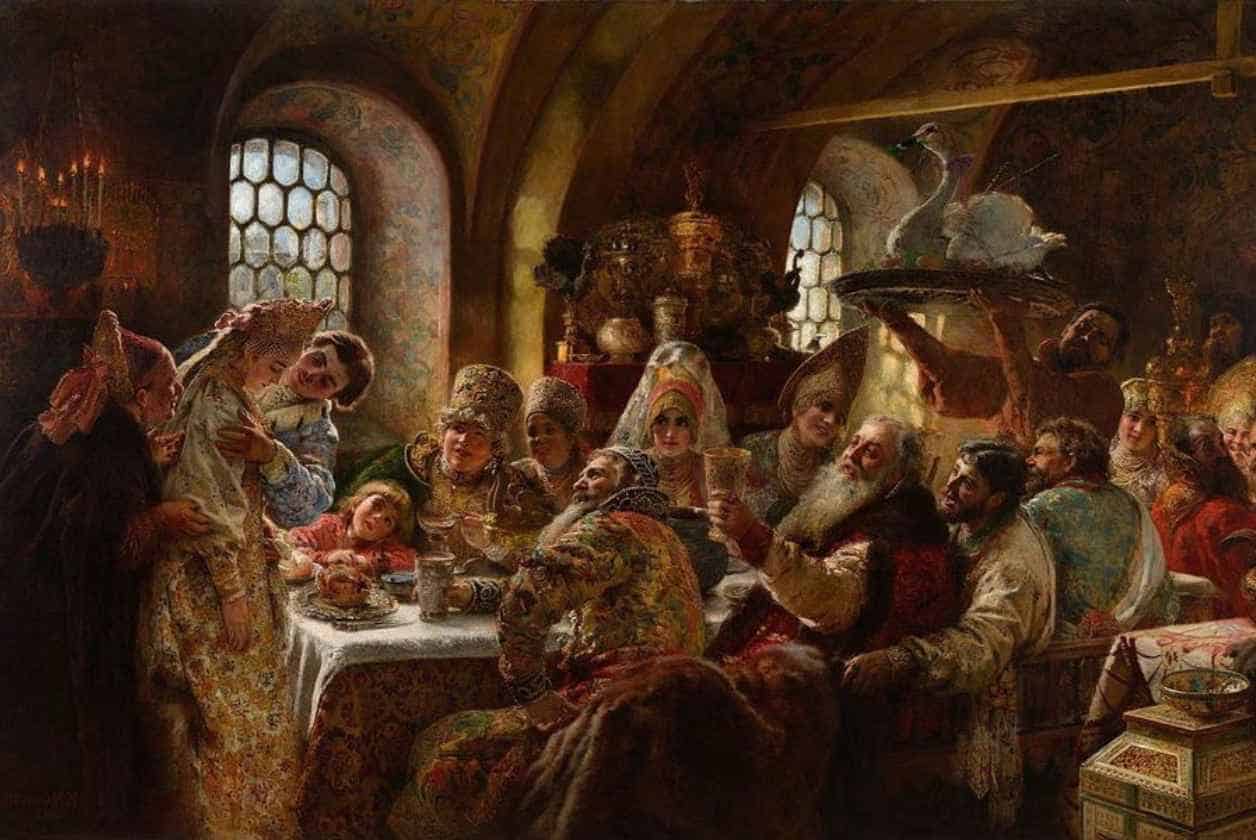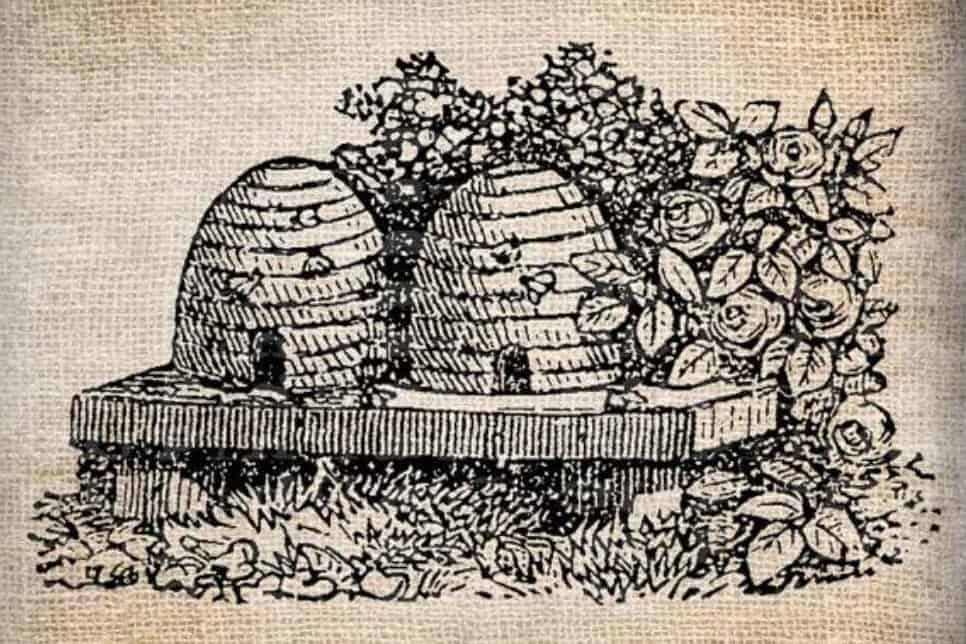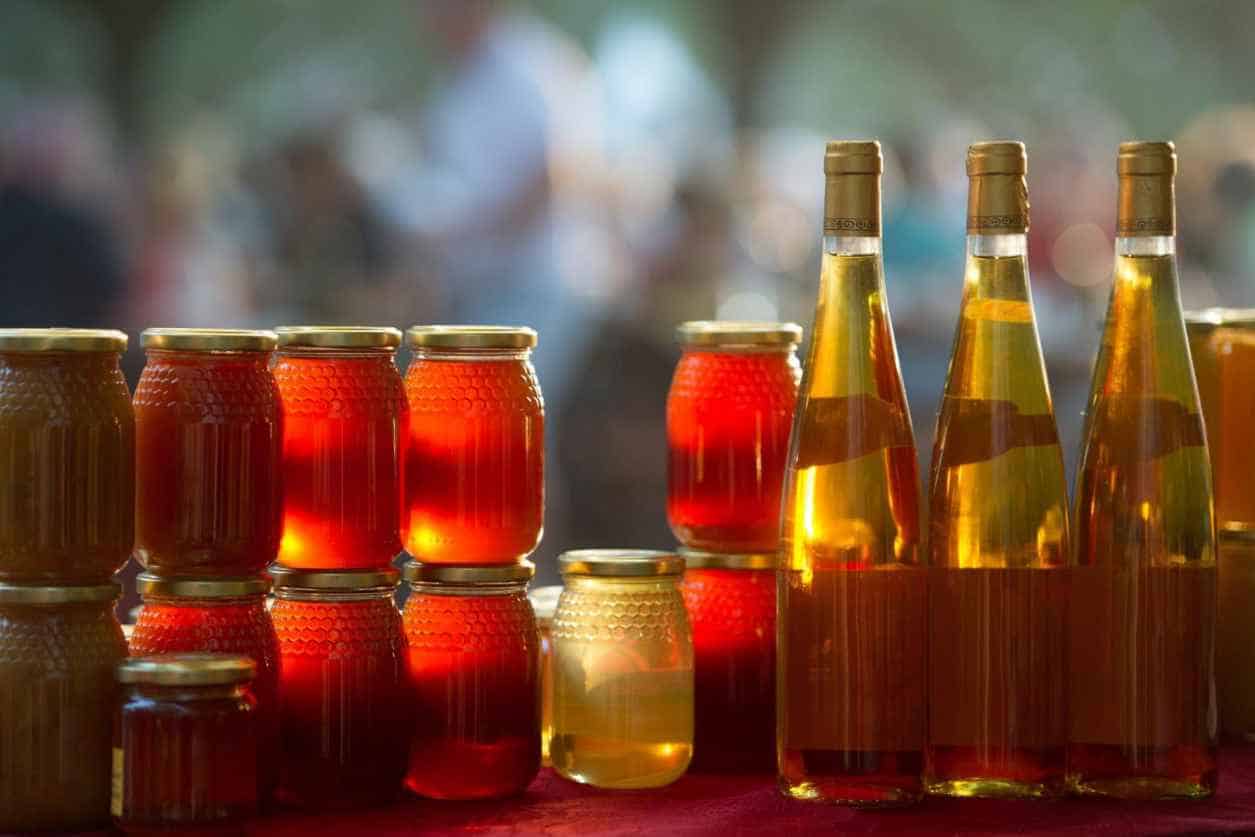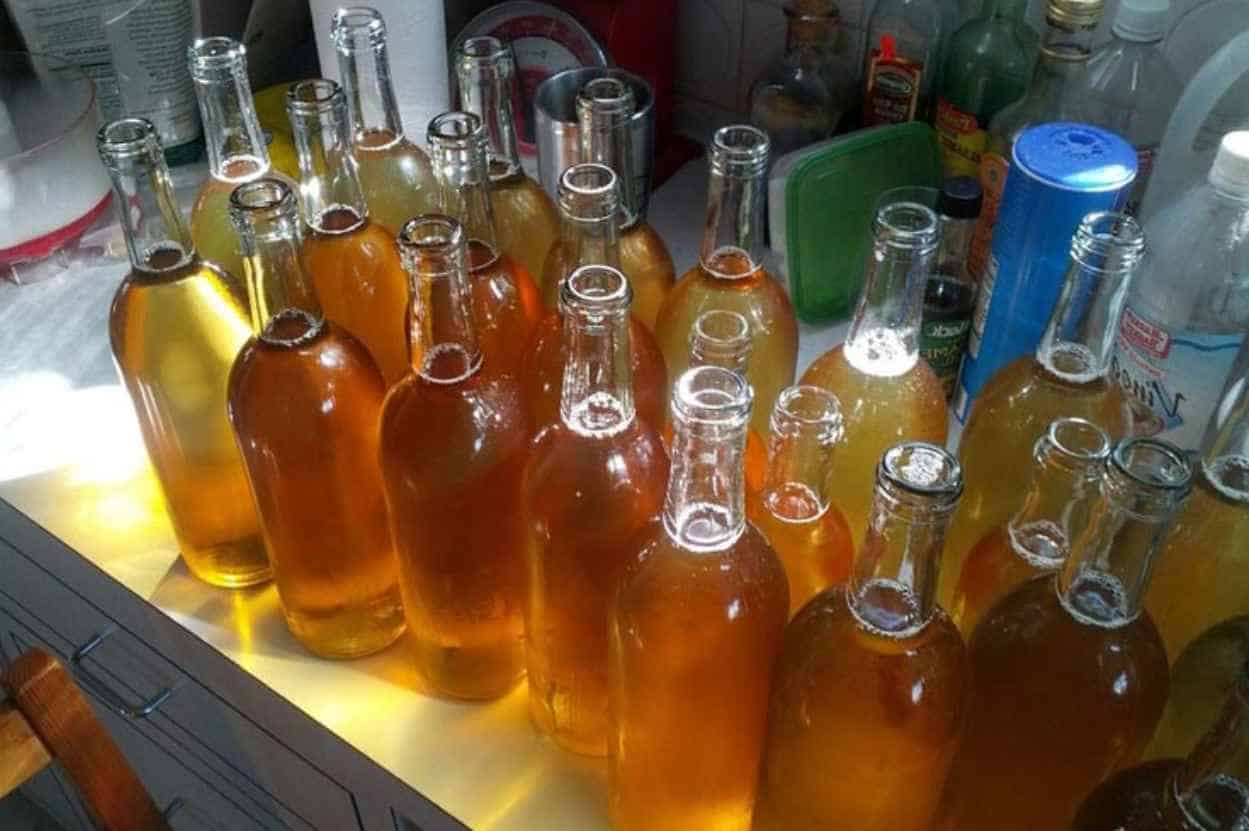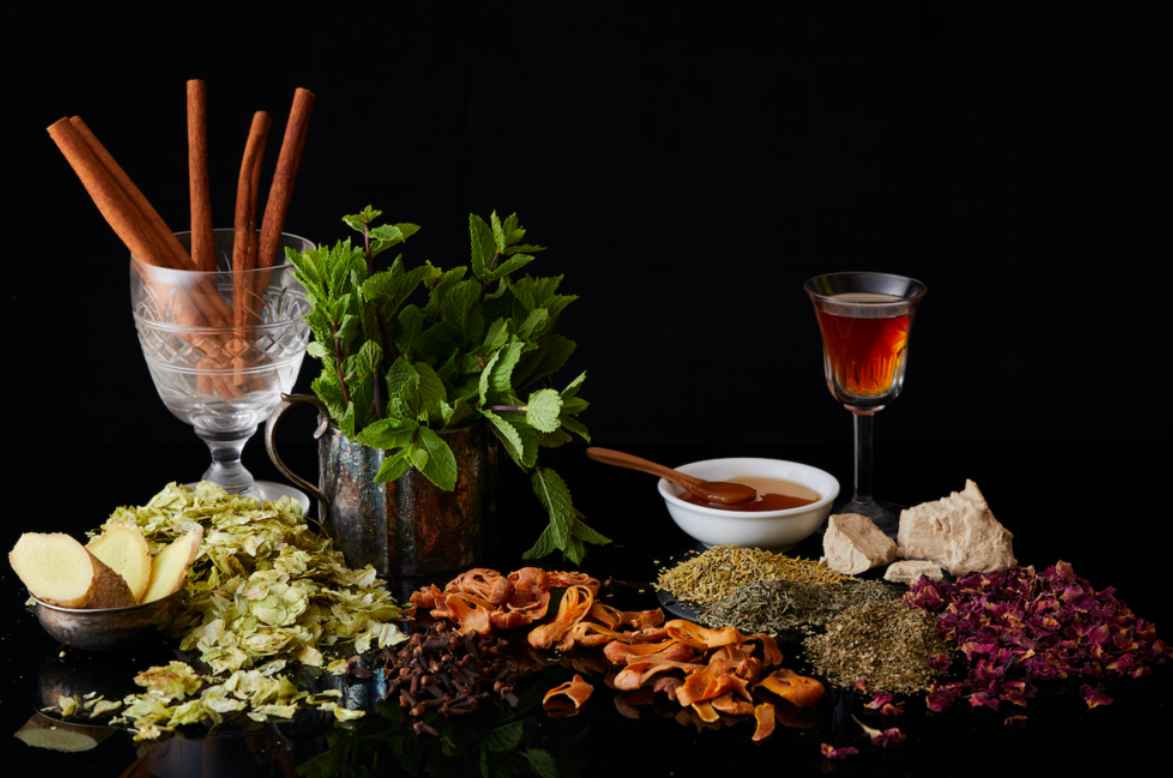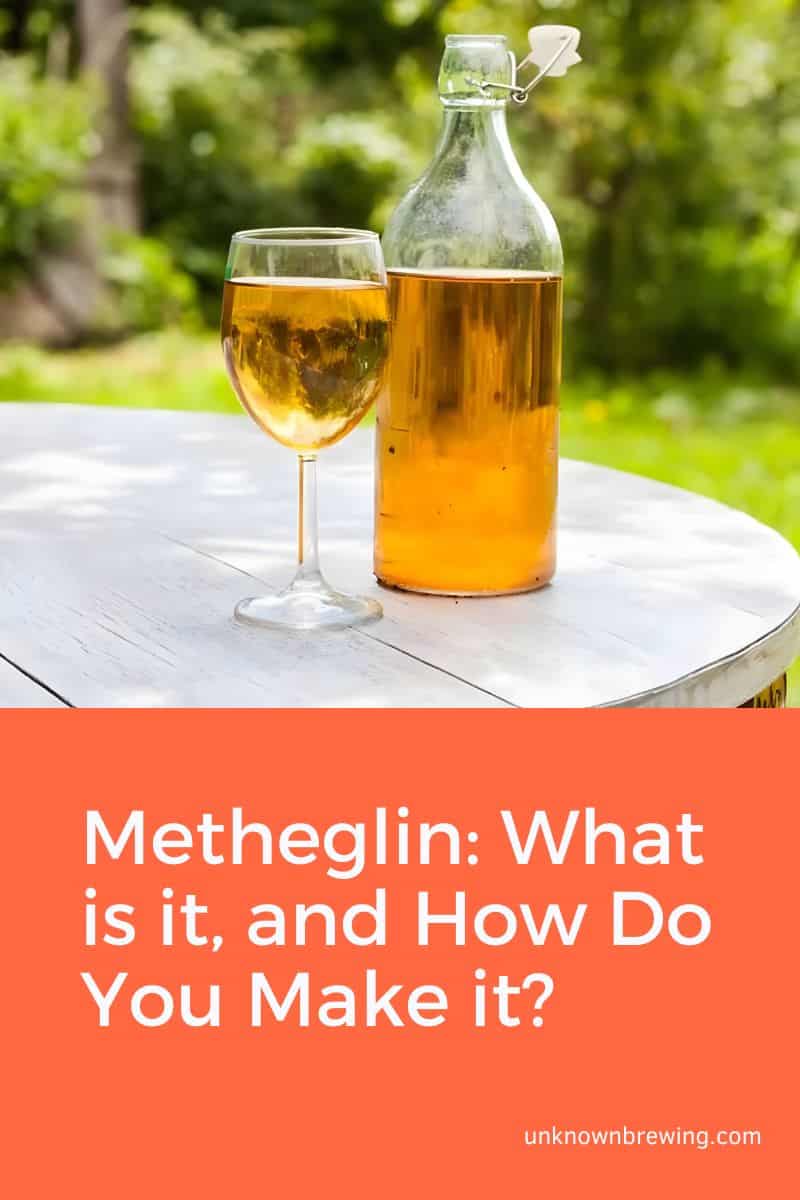Metheglin is one of the oldest alcoholic beverages known to man. The word metheglin comes from the welsh word meddyglyn, which translates to medicinal liquor.
Metheglin is a spiced or flavored mead developed by the Welsh to cure and prevent diseases. It is made from honey, yeast, water, and some spices.
This article will help you understand what metheglin is, its history, and how to make it. But first, what is mead?
What is Mead
Also known as hydromel, mead is a low-alcohol beverage brewed from fermented honey and water. While some people refer to mead as honey wine, this description is inaccurate since wine is made from fermented grapes, and mead is not.
The History of Mead
Mead is among the oldest alcoholic beverages made by man. The exact origins of the brew are unknown. But there’s a belief that humans became aware of the drink when they noticed that nectar (an ingredient of honey) could ferment to form an alcoholic beverage.
The earliest evidence of mead was discovered in Northern China in 7000 BCE. Pottery vessels from this era had traces of fermented honey. In Europe, traces of mead were discovered in ceramic vessels that date back to 2800-1800 BCE.
Mead was popular among many ancient cultures including the Romans, Vikings, and Greeks. It was the drink of choice during religious celebrations and cultural ceremonies. These cultures even used mead as a mode of payment or tribute.
Mead lost its popularity as humans discovered wine, beer, and other potent alcoholic beverages. But with the rise of home brewing, we are witnessing a resurgence of interest in mead brewing.
Types of Mead
As centuries passed, medieval Europeans learned how to impart different flavors by making mead with certain ingredients. With this discovery came different types of mead.
Today, there are nine different types of mead. Each variety has its own unique flavor and personality. Below is a list of the various kinds of mead:
- Traditional Mead: Traditional mead is the simplest form of this liquor class since it’s made only with honey, yeast, and water. Traditional mead can have sweet, dry, or semi-dry taste profiles.
- Metheglin: This type is the result of flavoring mead with herbs and spices. The common herbs used in this technique include cinnamon, ginger, vanilla, and cloves.
- Capsicumel: When you flavor mead with chilies, the resulting brew is called Capsicumel.
- Bochet: As you know, the core ingredients of mead include yeast, honey, and water. But when the process involves caramelized honey, the resulting mead is called bochet.
- Braggot: This type of mead is brewed from malted grains, honey, yeast, and water. Braggot has beer-like characteristics and flavor.
- Melomel: Besides the core ingredients of honey, yeast, and water, a brewer may use fruits to make mead. The mead made from such a process is called melomel. Berries, peaches, and pineapples are common fruits used to make melomel.
- Cyser: While melomel is made with fruits, cyser is explicitly made from apples.
- Pyment: When mead is made from honey, yeast, and grape juice or grapefruit, we call it pyment.
- Acerglyn: This type of mead is made from honey, water, yeast, and maple syrup.
What is Metheglin?
Metheglin is a variant of traditional mead that is flavored with herbs and spices. Metheglin has its origins in Welsh folk medicine. The Welsh word for mead is medd. Meddyg is Welsh for healing or medicine. The word llyn is Welsh for liquor.
The History of Metheglin
Metheglin in Welsh translates to Meddyglyn, which means medicinal liquor. Metheglin was a popular beverage in medieval Wales and was often brewed in monasteries by monks. These religious brewers would add different herbs and spices to boost their brew’s medicinal potential.
Below is a table highlighting the health benefits of the various herbs and spices used to make metheglin:
| Spice Used to Brew Metheglin | Health Benefits |
| Watercress | It contains antioxidants that lower blood pressure and reduce the risk of heart disease and strokes. |
| Fennel | It contains folate, which supports healthy red blood cell formation and alleviates symptoms of anemia. |
| Liverwort | It is used to treat varicose veins
It lowers blood pressure It stimulates blood circulation |
| Marshmallow Roots | It helps soothe irritated mucus membranes of people with asthma, the common cold, and bronchitis. |
| Ferns | Christmas Fern helps soothe stomachaches, bowel issues, cramps, and diarrhea.
Bracken Fern treats nausea and headaches. Royal fern is an anthelmintic often used to deworm. |
| Marjoram | Marjoram has anti-inflammatory, antioxidant, and antimicrobial properties. |
| Borage | Borage flowers and leaves are effective against coughs, fever, and depression. |
| Cloves | Cloves are rich in antioxidants that mitigate the risk of heart diseases, certain cancers, and diabetes. |
| Scurvy Grass | Scurvy grass treats vitamin C deficiency, stomach aches, and gout.
It alleviates the symptoms of arthritis and improves fluid retention. |
In medieval Welsh society, metheglin recipes were kept by families and passed down from generation to generation.
With the emergence of the 17th and 18th centuries, the popularity of metheglin grew. During this era, brewers scaled up their operations and supplied metheglin to taverns and parties in England and Wales.
Metheglin in the Present
Today, metheglin is still brewed in Wales and enjoyed by many as a traditional brew. The variety of herbs and spices used to brew metheglin has expanded to include hops, cinnamon, and nuts of various kinds.
In the US, interest in metheglin has also increased with the emergence of craft brewing. A handful of craft breweries and wineries keep the Welsh brewing tradition alive. For example, on their website, Turton Wines sells Thor’s Metheglin, a 14% ABV herbed honey mead.
Instead of spending hours in front of a computer, hunting this rare drink, you can brew your own version of the Welsh beverage.
How to Make Metheglin
Since metheglin is spiced or flavored mead, making it is quite similar to making mead. The only difference is that you’ll be infusing your mead with spices. In this section, we’ll go through the basic steps to follow when making metheglin. But first, what do you need?
Ingredients
- Honey
- Water
- Yeast
- Herbs, spices, or other flavor additives
Equipment
- One large kettle
- Two fermenting vessels
- One rubber stopper
- One hydrometer
- One stirring spoon
- Bottles to store your finished metheglin
- Some sanitizer
Step 1: Gathering Your Ingredients
You’ll need water, honey, yeast, and some herbs or spices to brew metheglin. While any sort of clean water would do, you want spring or filtered water. In the same way, raw or unfiltered honey yields better results than the processed honey you find at your local grocery store.
As for herbs, you have a free hand to infuse your metheglin with any flavor. Popular spices include cloves, cardamon, cinnamon, lavender, ginger, and vanilla.
Step 2: Sanitizing Your Equipment
Before starting your brew, you must sanitize your equipment. This step helps prevent possible contamination. To sanitize your equipment, soak them in some sanitizer.
Step 3: Mixing Your Water and Honey
The ratio of water to honey will determine the sweetness and alcohol content of your metheglin. For your reference, a water-to-honey ratio of 2:1 or 3:1 yields 10-14% ABV metheglin.
To mix these ingredients, follow the steps below:
- Heat your water in the large kettle to attain temperatures between 160-170°F.
- After achieving the ideal temperature, pour the honey.
- Stir the mixture gently until all the honey dissolves in the water.
Note: Don’t let the mixture scorch or boil. Caramelized honey will turn your metheglin into a batch of bochet.
Step 4: Adding Your Spices
Once your honey is fully dissolved in water, you can add your herbs and spices. Remember, you can experiment with different herb combinations to achieve certain flavors.
Whether adding orange peels, cloves, or nutmeg, shred, slice, or grind your spices in finer pieces. Crashing the herbs helps increase the surface area for flavor extraction.
Pro Tip: You can either directly sprinkle the crushed herbs and spices or steep them in hot water before introducing them to your honey and water mixture.
Step 5: Pitching Your Yeast
Transfer the honey and water solution into your primary fermenting vessel before pitching your yeast. Depending on your preference or brewing experience level, you can opt for a wild yeast starter or a commercial brewing yeast.
For commercial yeasts, follow the instructions provided by the manufacturer. For wild yeast starters, prepare the starter a few days in advance.
Step 6: Fermenting
After pitching the yeast, seal the fermenting vessel with your cork stopper. If your fermenter is transparent, you should notice some bubbles forming within the first few hours. Let the solution ferment for at least two weeks.
Step 7: Conditioning Your Liquor
Once fermentation subsides in your primary fermenter, siphon the freshly-brewed metheglin to the sanitized secondary fermenter. After the transfer, seal the secondary vessel with the cork stopper. At this stage, we’re allowing the liquor to mellow and develop flavor.
Step 8: Bottling
Once you feel that the metheglin has matured enough, rack it into clean bottles. Next, seal the bottles and store them for future consumption.
Summary
Congratulations, you have a few bottles of freshly brewed metheglin stashed away. What do you plan to do with your metheglin bottles? Do you want to enter them in a local brewing competition or share them with your friends?
Please share your plans in the comment section below.

As a homebrewer, Michael would get frustrated about the lack of brewing information on the internet. After hundreds of gallons of spoilt batches, Micheal had enough. And he founded Unknown Brewing as a resource for homebrewers.
